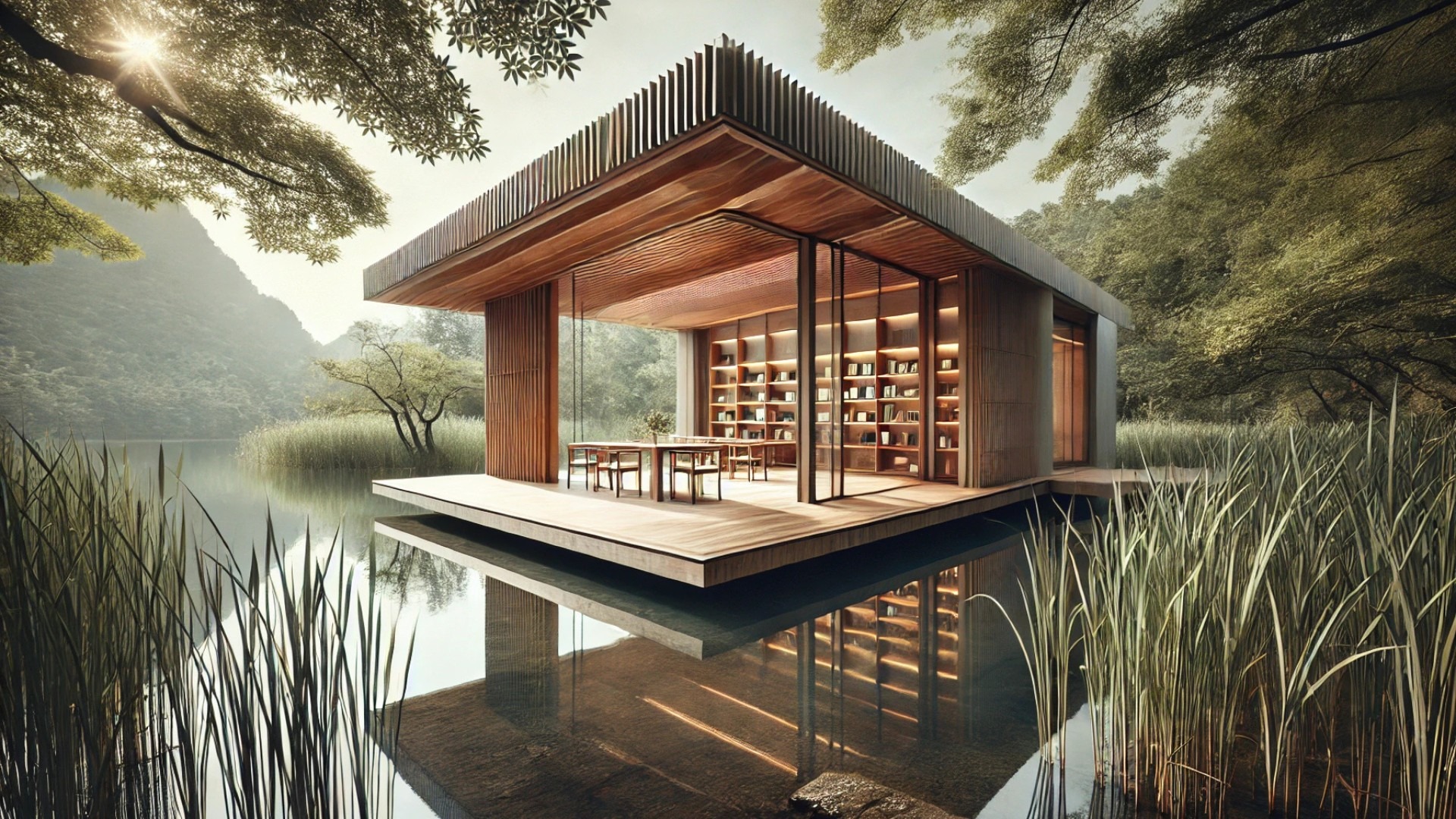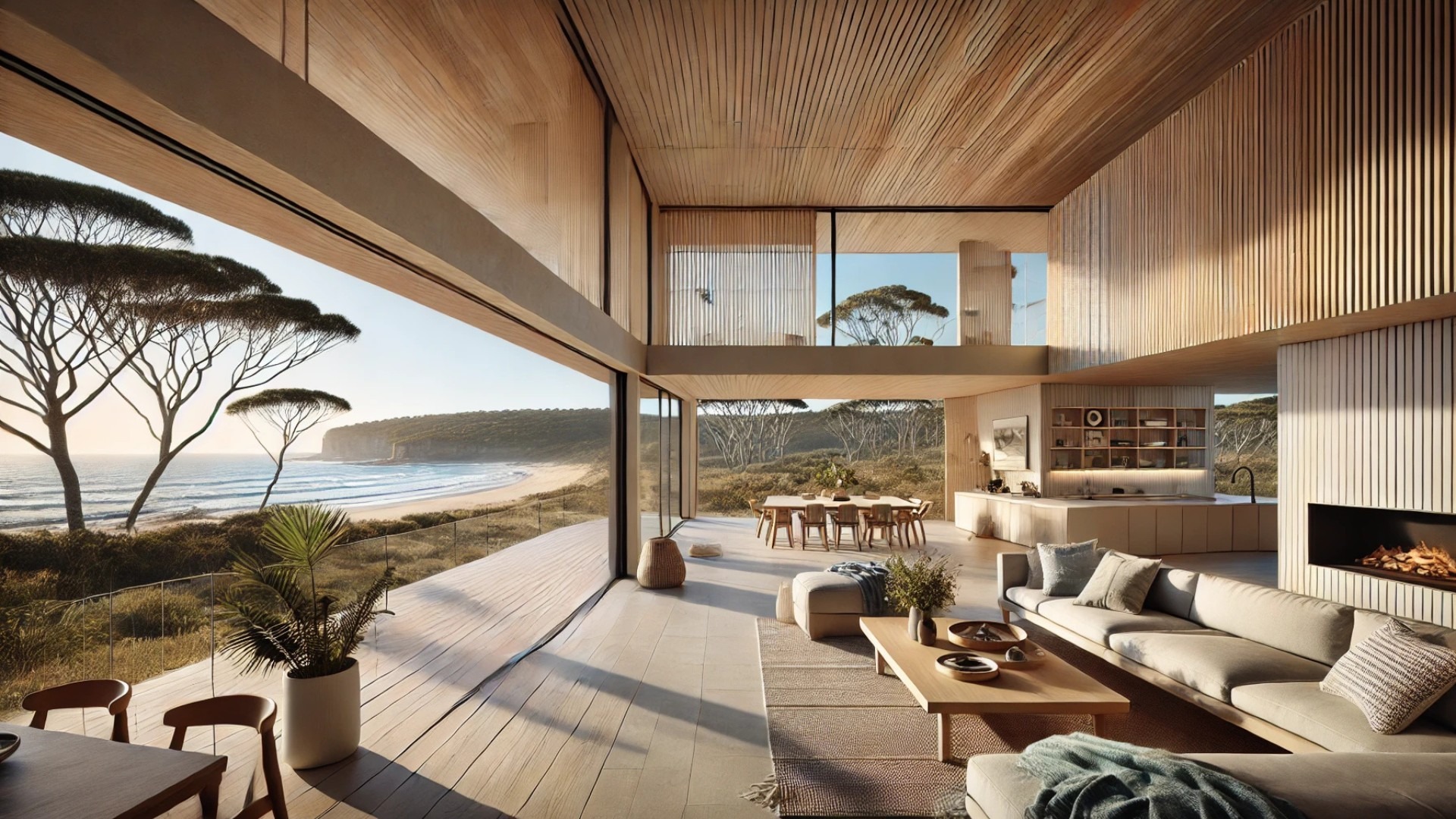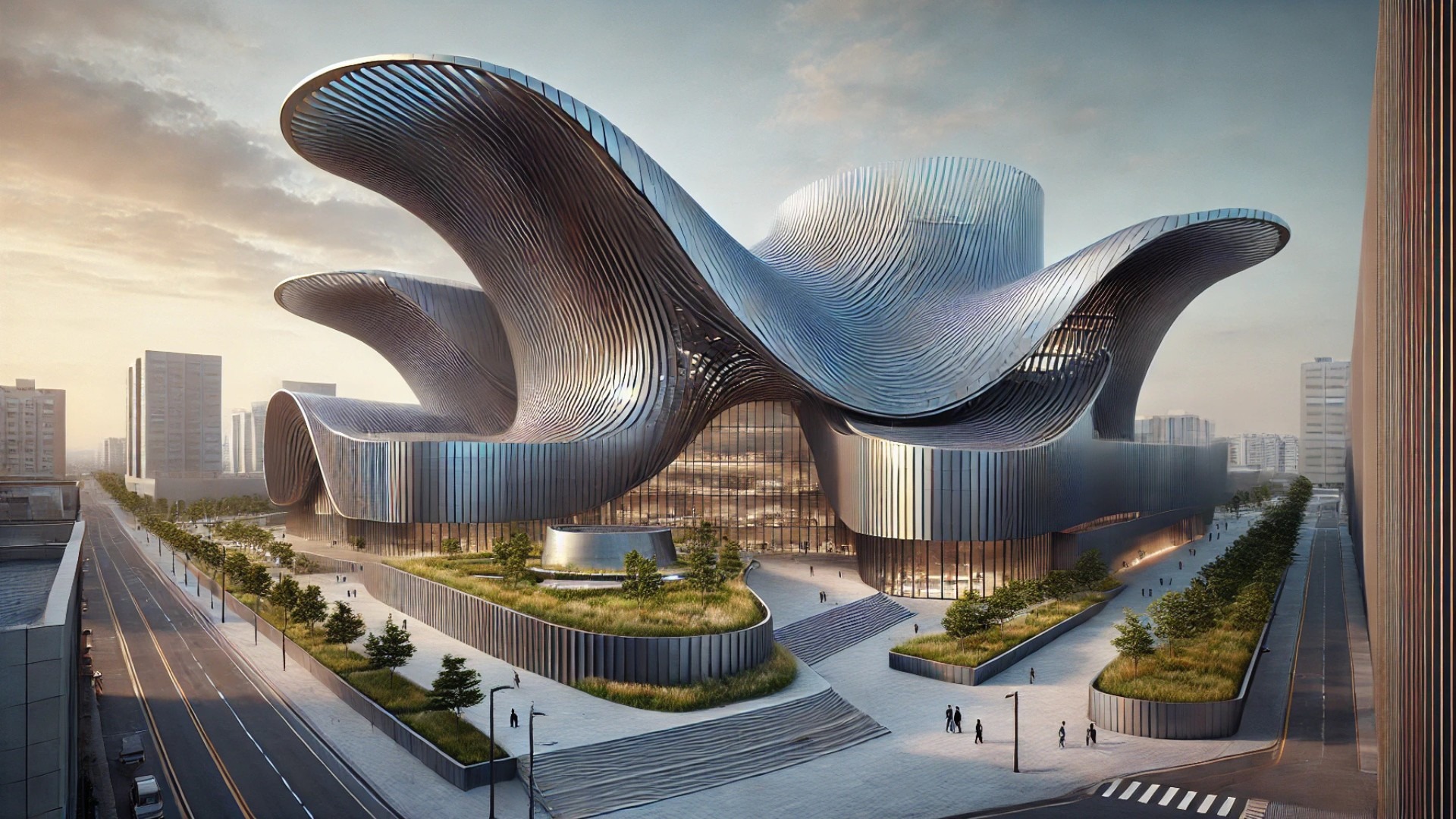
Introducing an Ingenious Solution for Water Scarcity
Imagine a world where a simple window can quench your thirst. MIT engineers have developed a revolutionary window-sized device designed to convert dry desert air into safe drinking water. This innovative technology harnesses water vapor from the atmosphere, using a hydrogel—a material known for its moisture-absorbing properties. The device operates independently, requiring neither electricity nor solar batteries, making it an ideal solution for remote or arid areas.
The Science Behind the ‘Window’
The structure resembles a glass box lined with a unique hydrogel, akin to black bubble wrap. This hydrogel absorbs humidity from the air; as it fills with water vapor, the bumps expand. When these absorbent pockets release their moisture, it condenses on the cool surface of the glass, trickling down into a tube for collection. During testing in the extreme environment of Death Valley, California, this inventive panel managed to harvest 160 ml of water daily—a vital amount for families living in water-scarce regions.
Practical Applications in Real World Scenarios
While the project began with a modest scale, the application potential is immense. The engineers believe that deploying multiple units could provide adequate water for entire households. This innovation holds promise not only for desert dwellers but also for urban residents living in humid climates, where the technology could produce even more water. By seamlessly integrating these devices into home designs, property owners could enhance their residences while making sustainable choices.
Future Implications for Sustainable Architecture
This invention opens the door to multiple future possibilities in sustainable luxury living. Architects and homeowners alike can explore ways to incorporate water-generating technology in their designs. The marriage of aesthetics and functionality is at the forefront of modern architecture, allowing for unique opportunities to transform how we perceive and use natural resources.
The Role of Innovative Materials in Architecture
The hydrogel technology exemplifies how innovative materials are shaping the future of architectural designs. As sustainability becomes a priority, integrating concepts like these into homes could enhance not only environmental responsibility but also property value. For those with upscale properties, investing in sustainable solutions like the MIT window can yield long-term benefits.
Act Now for a Sustainable Tomorrow
As residents of a changing planet, understanding the art of innovation is imperative. The MIT engineers' window represents a significant leap towards self-sustaining households. By investing in or promoting such advancements, we can better support a future where water scarcity becomes a concern of the past.
 Add Row
Add Row  Add
Add 




Write A Comment